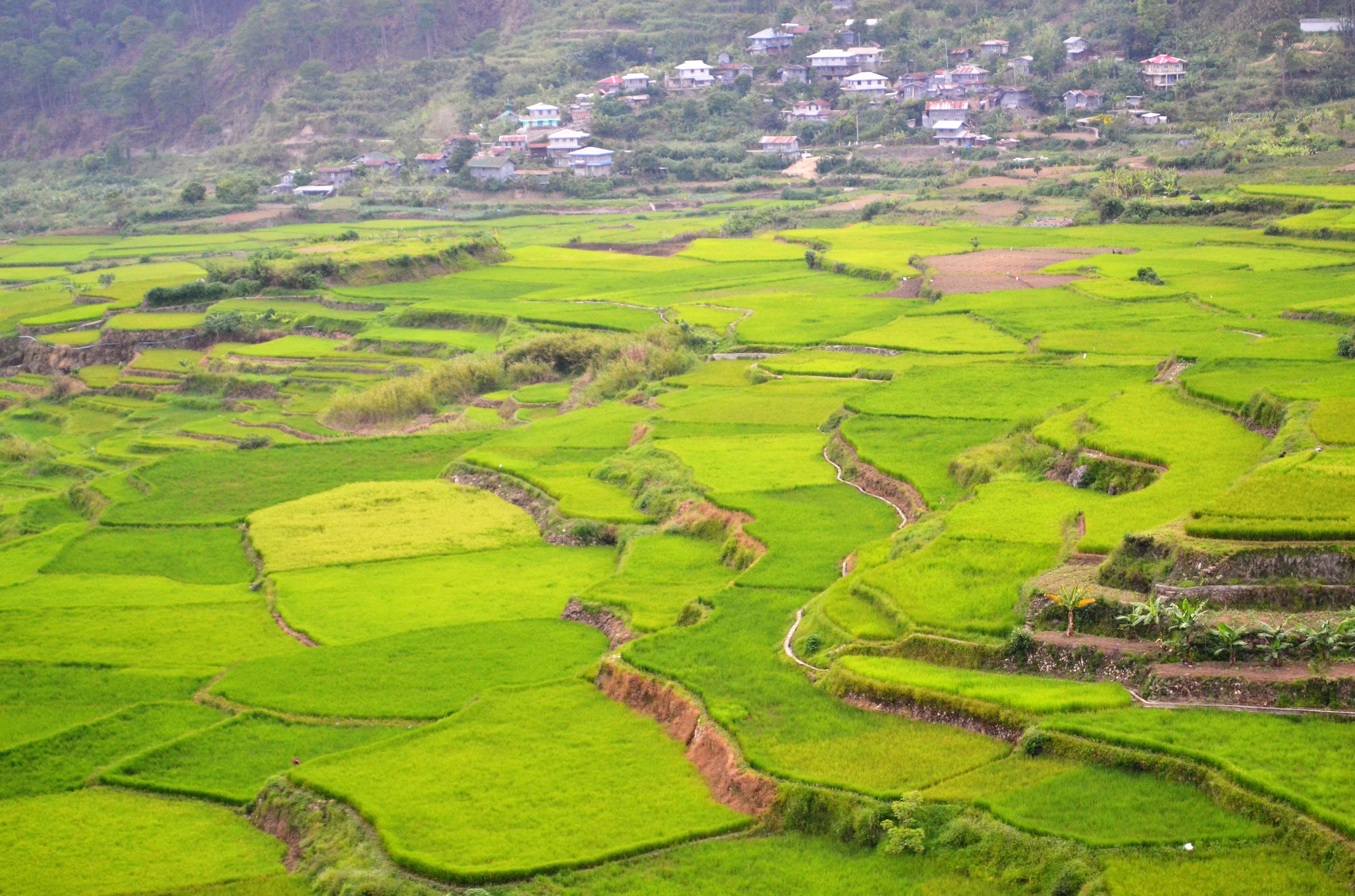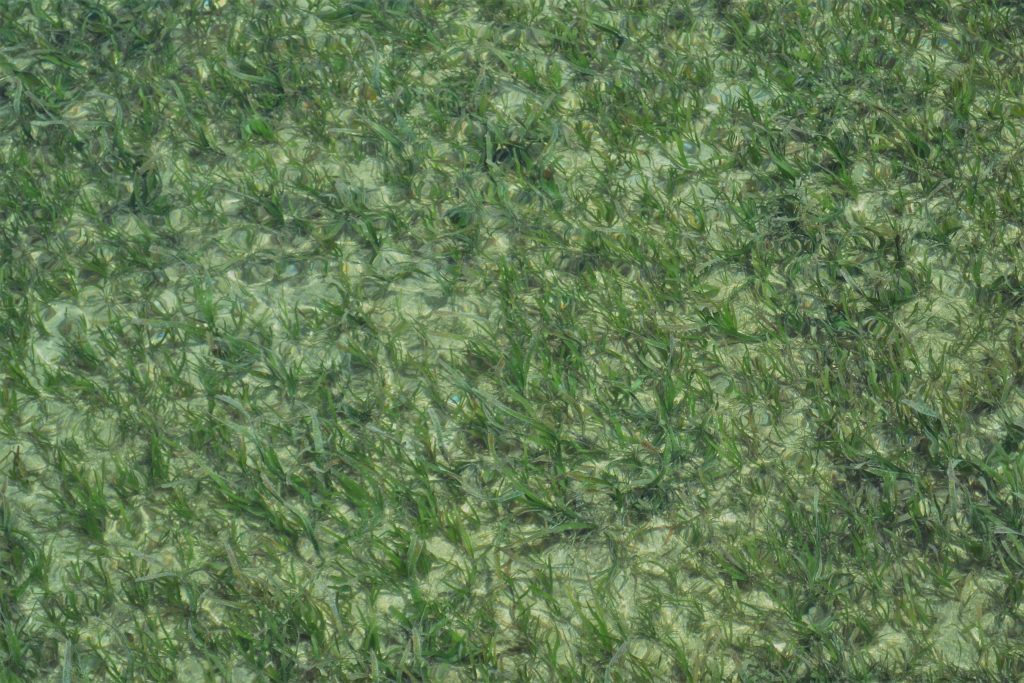
Global warming makes fall in rice yields worse. This was what Dr. Shaobing Peng, then crop physiologist of the International Rice Research Institute (IRRI), told the participants who attended the US Academy of Sciences gathering some years back.
In a research, IRRI scientists found out that for every 1°C increase in nighttime temperature, rice yields declined by 15%. They confirmed this by correlating 25 years of weather data with crop yields.
The decline was twice the 7% decline that IRRI’s theoretical models forecast in 1979. The finding was the first direct evidence of decreased rice yields from increased night temperatures associate with global warming.
More than a decade after the IRRI study was presented, more evidences have become apparent. “Increasing carbon dioxide leads to increased photosynthesis and, potentially, more rice biomass. But concurrent increases in global temperature could also potentially limit rice harvests by increasing spikelet sterility,” the Laguna-based research institute said in a statement.
“More carbon could also increase biomass of known weeds when compared with that of rice, which could limit rice growth in the future,” IRRI explained. “Higher temperatures, especially in tropical areas that are already near or above the optimum temperature for rice, will reduce growth and yields.”
This is very alarming as rice is the staple food of Filipinos. Studies have shown that for every peso spent on food, 20 centavos go to rice. “If we did not have rice, our deepest comfort food, we would probably feel less Filipino,” the late food columnist Doreen Fernandez once said.
Agriculture plays a vital role in providing around 30% of employment in the Philippines. “Recent natural disasters significantly affected crops and livestock resulted to severe loss in agricultural production including human lives,” the National Economic and Development Authority reports in its website. “Climate change worsens the economic situation and food security among others of the Filipinos.”
The Philippine Council for Agriculture, Aquatic and Natural Resources Research and Development (PCAARRD) believes so, too. “We see the effects of increasing temperature and the contrast of below freezing temperature in other parts of the globe,” the line agency of the Department of Science and Technology (DOST) said in a statement. “The brunt of these changes is even hostile in terms of agricultural production.”
“Climate-related impacts are expected to reduce agricultural productivity in the Philippines,” said a World Bank report, Getting a Grip on Climate Change in the Philippines.
In 2011, for instance, the annual damage to agriculture from typhoons, droughts and floods – which are climate change-related disasters – reached P12 billion or equivalent to 3% of total agricultural production in the country.
With more than 7,000 islands, the Philippines is indeed a vulnerable country when it comes to the effects of climate change. The Philippine Atmospheric Geophysical and Astronomical Services Administration itself admits, “Climate change is one of the most fundamental challenges ever to confront humanity. Its adverse impacts are already being seen and may intensify exponentially over time if nothing is done to reduce further emissions of greenhouse gases.”
Examples of greenhouse gases are carbon dioxide, methane, chlorofluorocarbons (CFCs), and nitrous oxide. Because these gases trap heat, they have been singled out as those that cause the shifting of climate all over the world.
“Decisively dealing now with climate change is key to ensuring sustainable development, poverty eradication and safeguarding economic growth,” said the weather bureau, also a DOST line agency. “Scientific assessments indicate that the cost of inaction now will be more costly in the future.”
“While human activities during the past century have damaged a long list of nature systems, most of these problems are local or regional in scope and can be revered in years to decades if sufficient effort is exerted,” Christopher Flavin wrote in his book, Slowing Global Warming: A Worldwide Strategy. “Changes to the earth’s atmosphere on the other hand are global and irreversible not only in our lifetimes but in our children’s and grandchildren’s as well.”
“We are in trouble. We are in deep trouble with climate change,” said United Nations Secretary General Antonio Guterres during the opening of the 24th annual UN climate conference held in Poland some years back.
“It is hard to overstate the urgency of our situation,” Guterres pointed out. “Even as we witness devastating climate impacts causing havoc across the world, we are still not doing enough, nor moving fast enough, to prevent irreversible and catastrophic climate disruption.”
If farming contributes partly to the problem, can it be part of the solution, too? Take the case of rice, a plant that grows best in wet soil, with its roots flooded. “But flooded rice crops emit substantial amounts of methane to the atmosphere,” reminded L. Hartwell Allen, an American soil scientist at the Crops Genetics and Environmental Research Unit in Gainesville, Florida.
It’s the decomposition of organic material in flooded rice fields that produces methane. “Traditionally, farmers flood their rice fields continuously and incorporate 4-5 tons of rice straw per hectare at land preparation,” says a PCAARRD report.
If there is a will, there’s a way. In Isabela State University, a study funded by PCAARRD showed that by using simple science-based strategies, farmers can contribute significantly to the reduction of methane emissions. For instance, mid-season drainage of irrigation water reduced methane emission by 48%.
Meanwhile, composting of rice straw resulted in 64% less methane emission released in the air. By combining mid-season drainage and application of rice straw compost, methane emission is further reduced by 81%.
Planting trees can also help curb climate change, according to Dr. Pieter P. Tans of the US National Oceanic and Atmospheric Administration. In an analysis of thousands of air samples that his team conducted, he found that planting trees and other plants could “have a powerful effect in combating the buildup of carbon dioxide in the atmosphere.”

One of the trees that may help do the trick is not actually a tree but a grass. “Bamboo’s fast-growing and renewable stands sequester carbon in their biomass – at rates comparable to or superior than many tree species,” says the International Bamboo and Rattan Organization (INBAR). “The many durable products made from bamboo can also be potentially carbon negative because they act as locked-in carbon sinks in themselves and encourage the expansion and improved management of bamboo forests.”
Bamboo also reduces carbon release. “Bamboo helps avoid fossil fuel use by offering an alternative, highly renewable source of biomass energy,” INBAR says. “Studies show that bamboo charcoal has a calorific value similar to that of wood charcoal – with far less pollution.”
Another carbon-sequestering tree that is grown profusely in the country is coconut. In his paper presentation entitled, “Productive and Sustainable Coconut Farming Ecosystems as Potential Carbon Sinks in Climate Change Minimization: A Review and Advisory Notes,” Severino S. Magat explained the important role of the coconut lands against the negative impacts of climate change.
In coconut, as in most tree crops, carbon is stored or sequestered both by the biomass and the soil of the ecosystem, indicating that the biomass and the soil are the main carbon sinks of atmospheric carbon dioxide. These “carbon sinks” could be regulated and managed to a great extent by following proper cropping practices, according to Magat.
A two-year study conducted by Philippine Coconut Authority showed the annual rate of carbon sequestration in local tall variety coconut crop is 4.78 tons carbon per hectare. That is equivalent to 17.54 tons of carbon dioxide per hectare, Magat claimed.

The Philippine may likewise help mitigate climate change by sequestering significant pollutant carbon dioxide from fossil fuel-run vehicles. This can be done by tapping its huge carbon stock potential from its ocean’s seagrasses, according to a research arm of the Department of Environment and Natural Resources (DENR).
The DENR’s Ecosystems Research and Development Bureau (ERDB) has embarked on a basic research on carbon sequestration potential of seagrass beds. A blue carbon study conducted in Lian, Batangas showed that the 50-hectare seagrass meadows can capture 97 megagrams of carbon dioxide equivalent to the annual emission of 20 cars.
“Some people think seagrasses are mere colonizers and can quickly appear and disappear. Others think that planting of mangroves on seagrass beds is all right. As such, our objective is to unfold another important ecological value of seagrasses in the ecosystem,” said Jose Isidro Michael T. Padin, ERDB supervising science research specialist.
Meanwhile, the Philippines urges all government units to do their fair share in combating the climate crisis. “The Philippines has been actively pursuing climate action, but largely on our own efforts and resources,” said Secretary Emmanuel De Guzman of the Climate Change Commission. “With the unrelenting impacts of climate change in our communities, we must do all we can to survive and thrive as a people and nation.”






